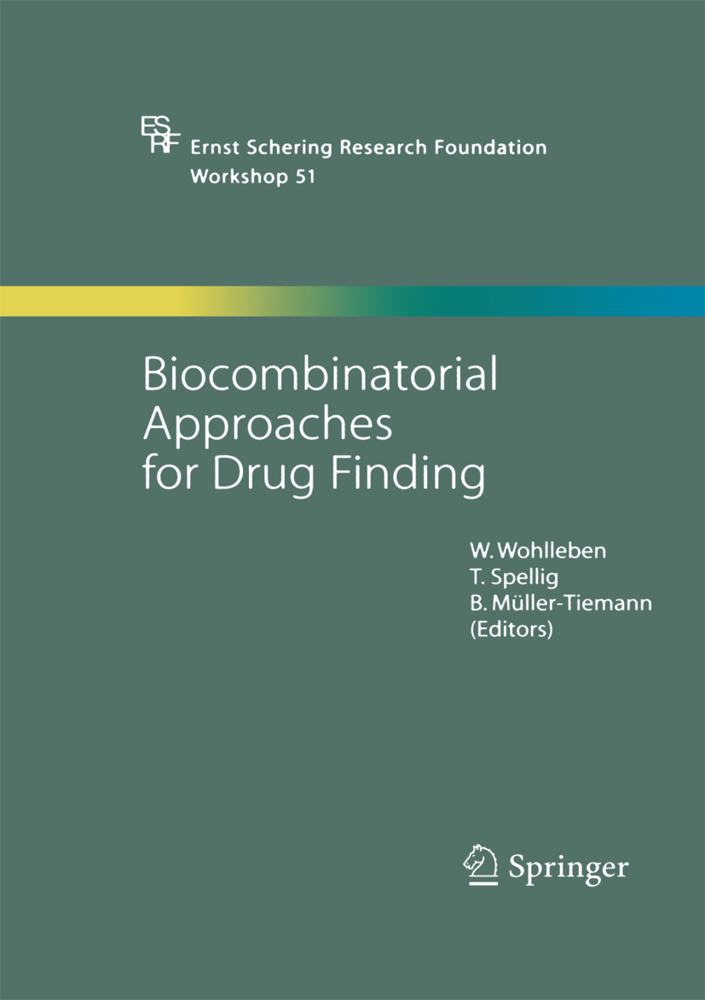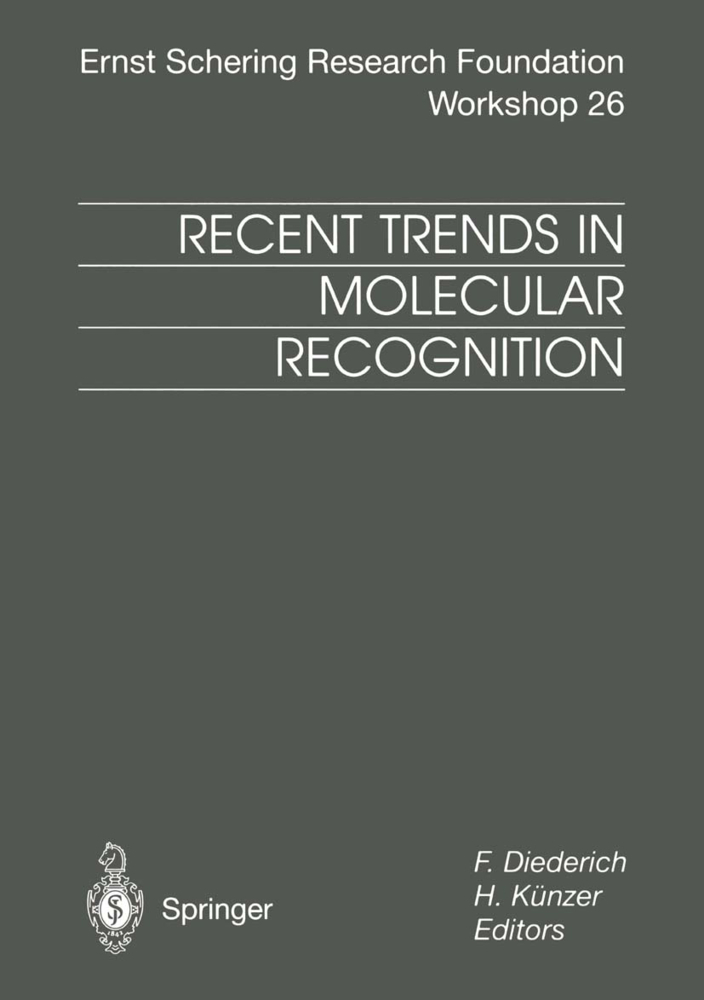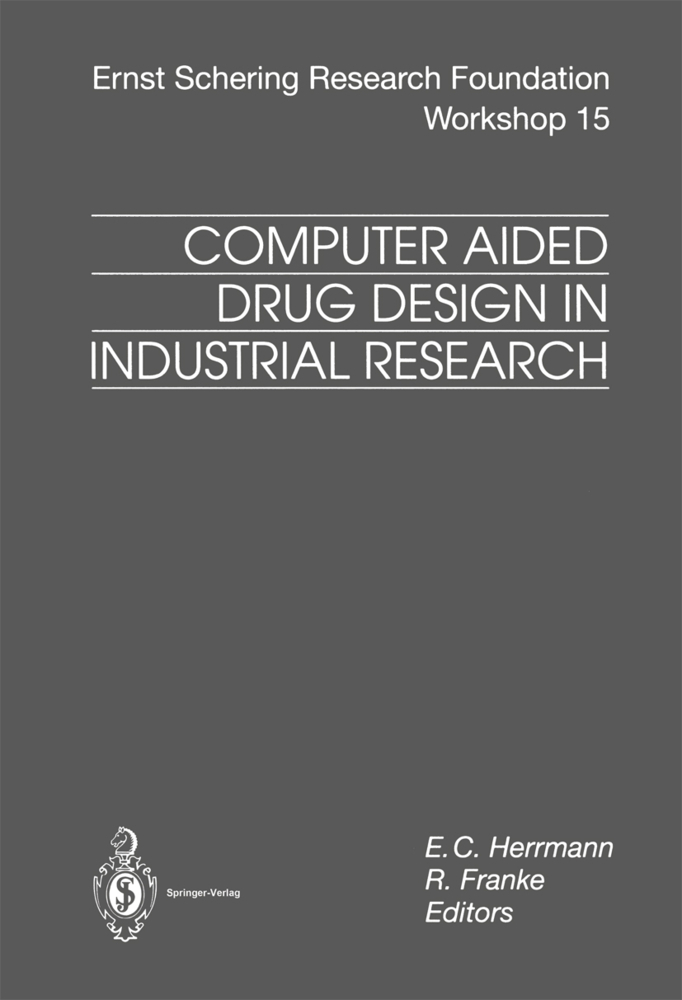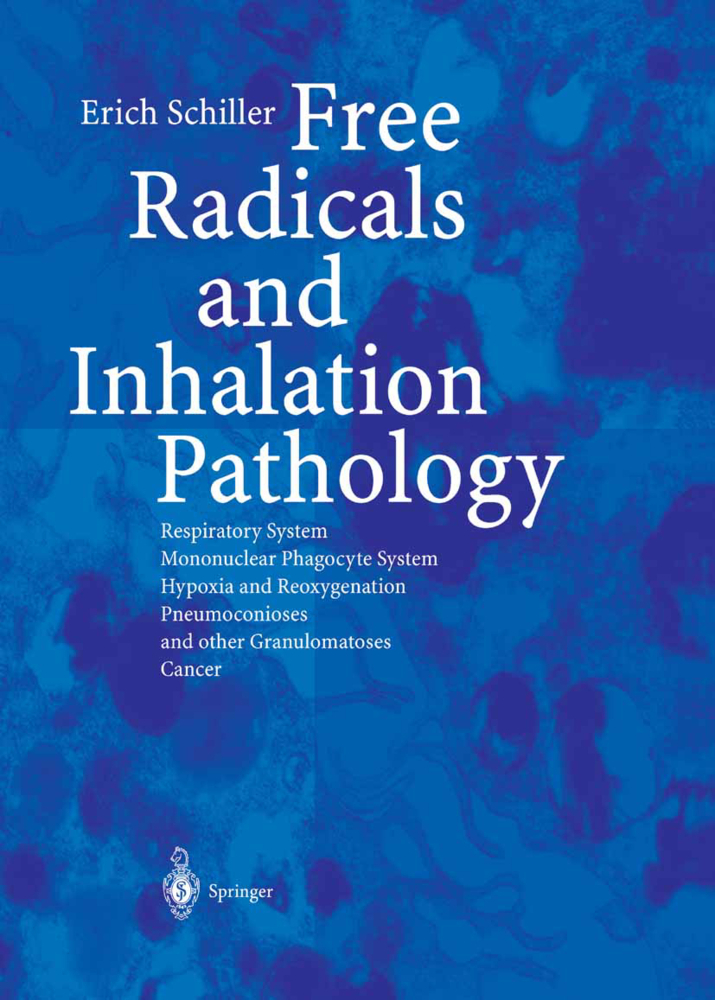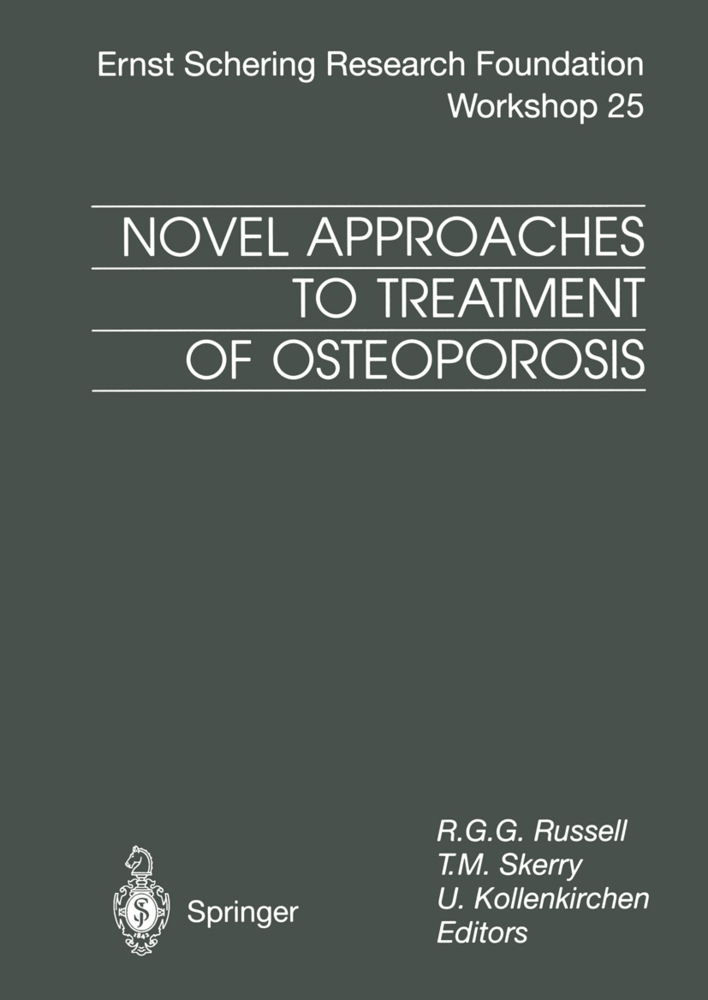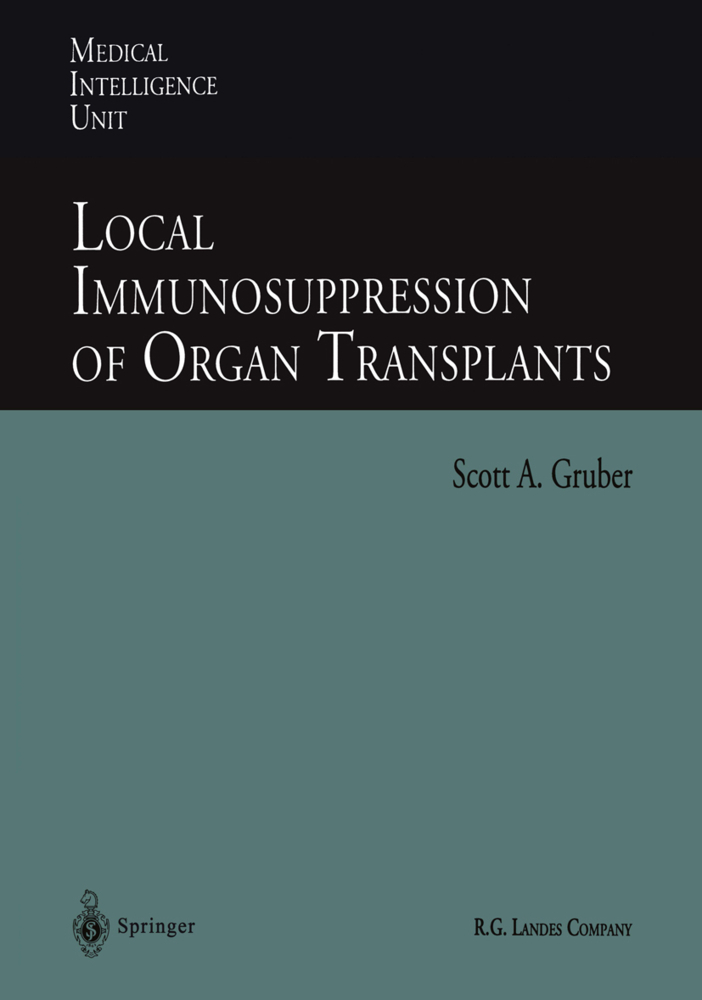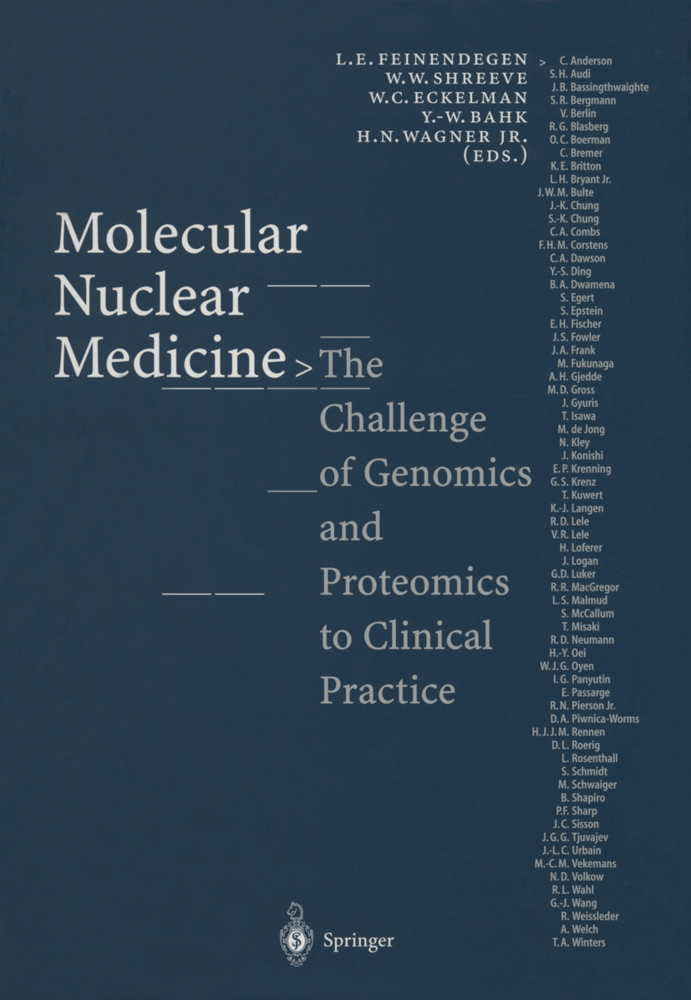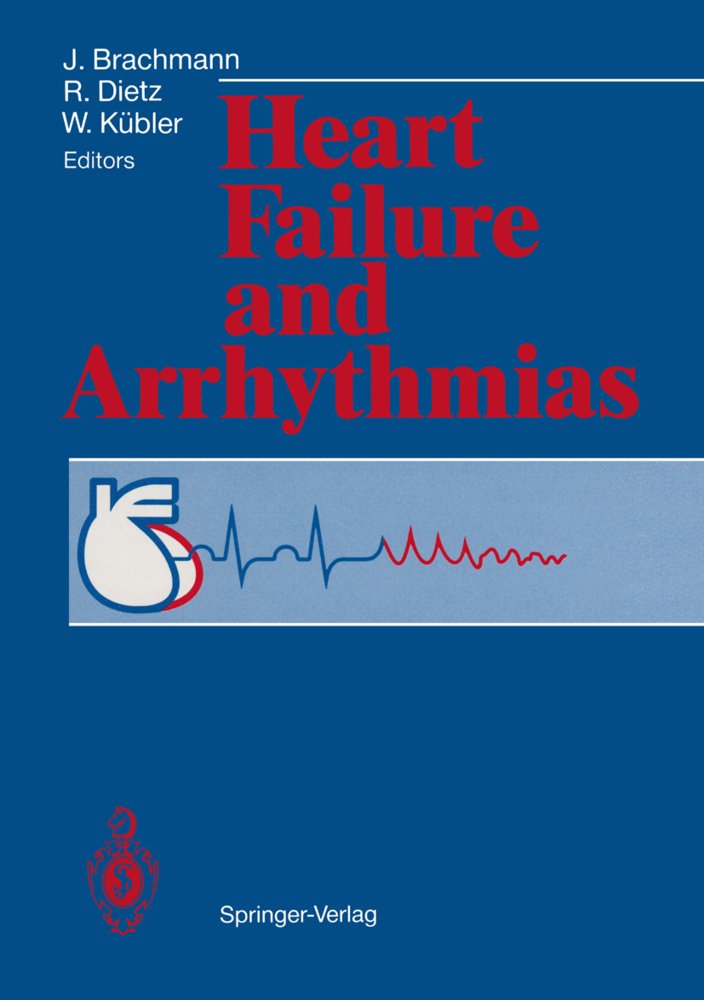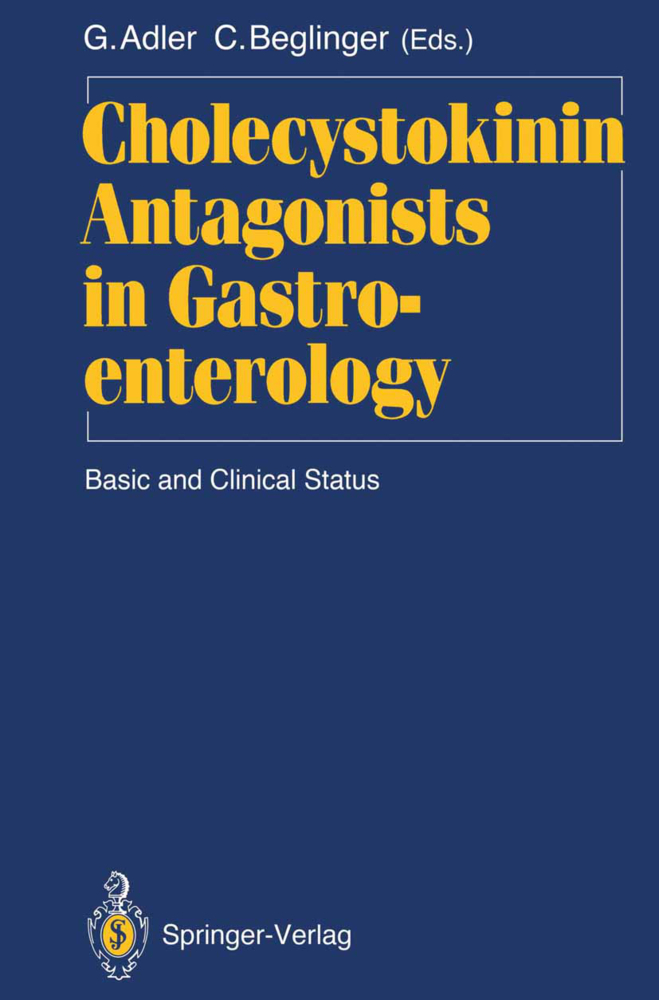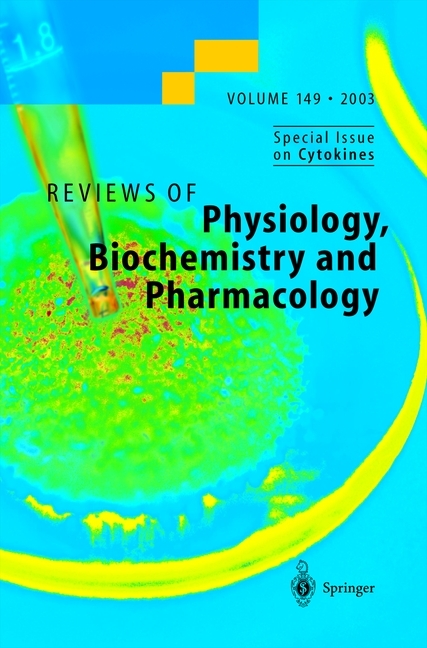Biocombinatorial Approaches for Drug Finding
Biocombinatorial Approaches for Drug Finding
Genome- and proteome-based research is generating a significant increase in the number of available drug targets. Correspondingly there is an increasing need for novel, diverse compounds, particularly based on natural compounds, as screening resource. The purpose of the Ernst Schering Research Foundation Workshop 51 was to provide a forum for an open exchange on perspectives and limitations of biocombinatorial synthesis and the significance of this technology for future drug discovery in light of this challenge. Experts from academia and industry provided contributions covering: the significance of natural compounds for state-of-the-art drug discovery; the underlying basic principle for the biosynthesis of highly complex compounds; and the scope and limitations of combinatorial biosynthesis regarding formation, identification, optimisation, isolation and manufacturing of novel biologically active entities.
Polyketide Synthases: Mechanisms and Models
Functional and Structural Basis for Targeted Modification of Non-Ribosomal Peptlde Synthetases
Prerequisites for Combinatorial Biosynthesis: Evolution of Hybrid NRPS/PKS Gene Clusters
Engineering Glycosylation in Bioactive Compounds by Combinatorial Biosynthesis
Glycosyltransferases and Other Tailoring Enzymes as Tools for the Generation of Novel Compounds
Enzymatic Incorporation of Halogen Atoms into Natural Compounds
From Glucose to Antibiotics: What Controls the Fluxes?
Precursor-Directed Biosynthesis for the Generation of Novel Glycopetides
Tool-Box: Tailoring Enzymes for Bio-Combinatorial Lead Development and as Markers for Genome-Based Natural Product Lead Discovery
Natural Product Biosynthetic Assembly Lines: Prospects and Challenges for Reprogramming.
Protein Domain Fold Similarity and Natural Product Structure as Guiding Principles for Compound Library Design
Sources of Polyketides and Non-Ribosomal PeptidesPolyketide Synthases: Mechanisms and Models
Functional and Structural Basis for Targeted Modification of Non-Ribosomal Peptlde Synthetases
Prerequisites for Combinatorial Biosynthesis: Evolution of Hybrid NRPS/PKS Gene Clusters
Engineering Glycosylation in Bioactive Compounds by Combinatorial Biosynthesis
Glycosyltransferases and Other Tailoring Enzymes as Tools for the Generation of Novel Compounds
Enzymatic Incorporation of Halogen Atoms into Natural Compounds
From Glucose to Antibiotics: What Controls the Fluxes?
Precursor-Directed Biosynthesis for the Generation of Novel Glycopetides
Tool-Box: Tailoring Enzymes for Bio-Combinatorial Lead Development and as Markers for Genome-Based Natural Product Lead Discovery
Natural Product Biosynthetic Assembly Lines: Prospects and Challenges for Reprogramming.
Wohlleben, W.
Spellig, T.
Müller-Tiemann, B.
| ISBN | 978-3-642-42189-1 |
|---|---|
| Artikelnummer | 9783642421891 |
| Medientyp | Buch |
| Copyrightjahr | 2014 |
| Verlag | Springer, Berlin |
| Umfang | 284 Seiten |
| Abbildungen | XVIII, 284 p. |
| Sprache | Englisch |

